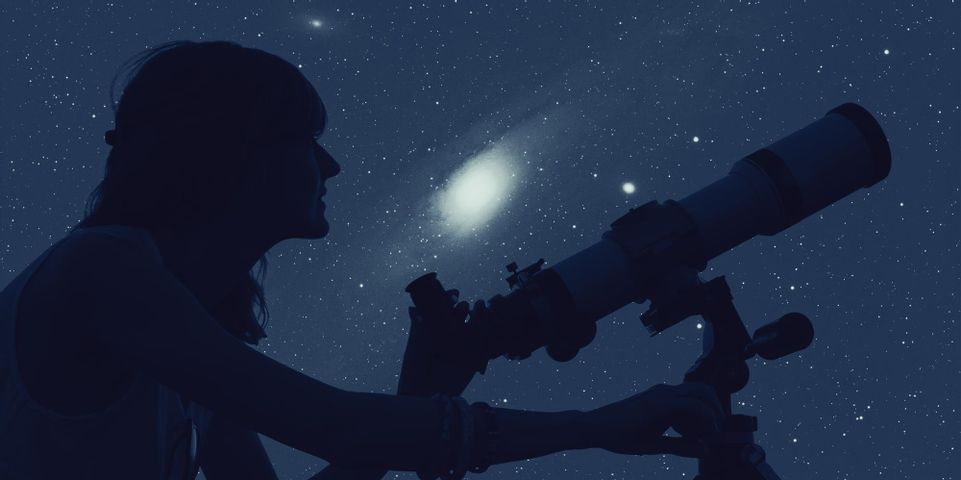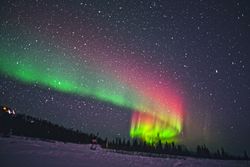3 Well-Known Constellations & How to Find Them

It was once believed that constellations were the Gods’ ways of telling stories, which is why the star patterns are named after famous mythological legends. Nowadays, recognizing the constellations can help you with navigation and locating various stars in the sky. Below are a few of the most well-known constellations you can view at a planetarium and how to find them on your own at night.
Well-Known Constellations to Look for in the Night Sky
1. Ursa Major
Ursa Major is the most famous of all the constellations. Half of the star pattern is composed of the Big Dipper, which is found in the northernmost part of the sky. To find Ursa Major, also known as the big bear, you must first locate the Big Dipper. It’s shaped like a kite, with three stars in the tail arranged in a line.
2. Ursa Minor
 If you find Ursa Major, then it’s easy to find Ursa Minor (the little bear). Trace a line from the two front stars of the Big Dipper north to the North Star, also known as Polaris. Like the Big Dipper, it’s shaped like a kite, only a smaller version of the pattern.
If you find Ursa Major, then it’s easy to find Ursa Minor (the little bear). Trace a line from the two front stars of the Big Dipper north to the North Star, also known as Polaris. Like the Big Dipper, it’s shaped like a kite, only a smaller version of the pattern.
3. Orion
Orion, also known as the Great Hunter, is another easy constellation to identify in the sky. Its most notable feature is the belt, composed of three bright stars known as Mintaka, Alnilam, and Alnitak. From the belt, you should be able to identify the other stars that outline the quadrangle body.
Visiting a planetarium allows children and adults to view these incredible constellations at any time of day. If you’re ready to explore the night sky, head to Pink Palace Family of Museums in Memphis, TN. Their 145-seat planetarium offers seasonal stargazing shows where you can hop through constellations and learn star names. After you finish at the planetarium, your family can enjoy exploring the nature center, 3D theater, or historical houses. To learn more about this group of museums, visit their website or call (901) 636-2362 to speak with a friendly associate today.
About the Business
Have a question? Ask the experts!
Send your question

